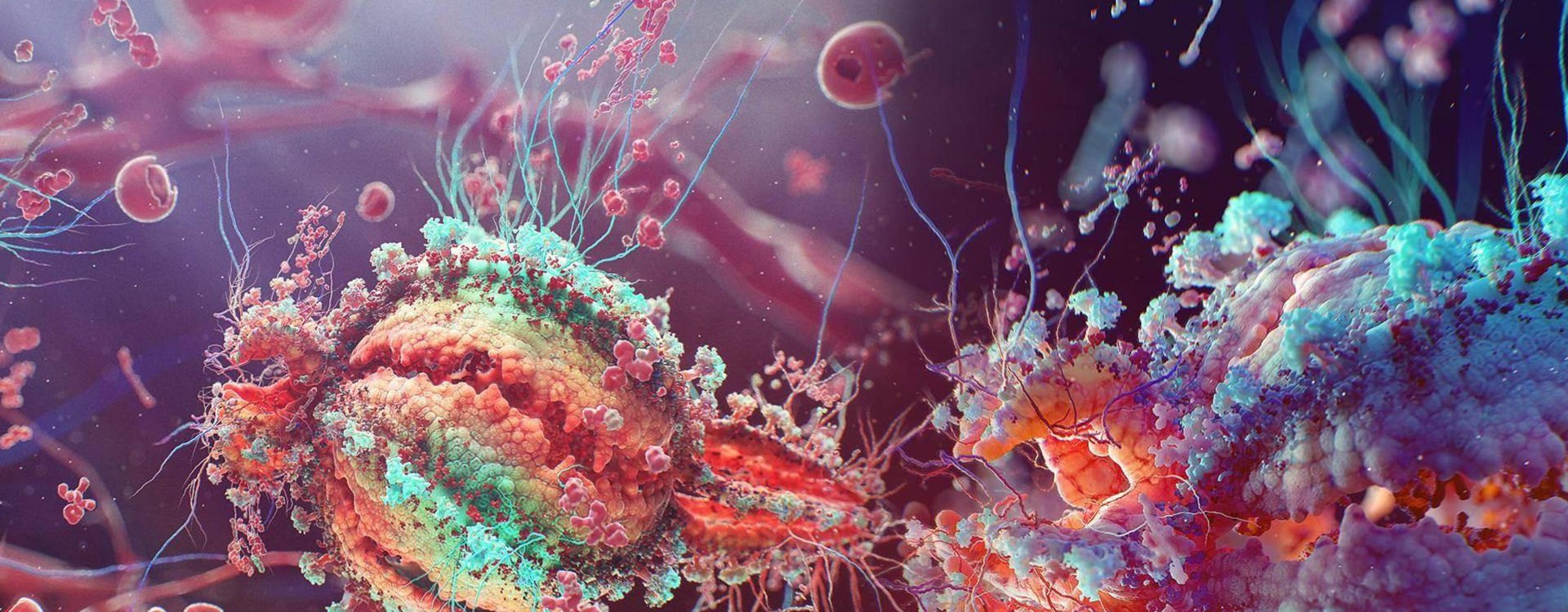Seminar Details
Seminar Title:
NanoNemesis Unveiled: Deciphering the Lethal Enigma of Polyethylene Terephthalate Nanoplastics—A Probing Expedition into Organismic Cytotoxicity and Genotoxicity
Seminar Type:
Departmental Seminar
Department:
Life Science
Speaker Name:
Samir Bauri (521ls2011)
Speaker Type:
Student
Venue:
LS Seminar Hall
Date and Time:
04 Mar 2024 16:00 hrs
Contact:
Santosh Kumar #2787
Abstract:
Plastic pollution has received significant attention recently due to its extensive impact on ecosystems and human health. Although nanoplastics are relatively new and largely invisible, they recently surfaced as alarming new forms of plastic pollution. To investigate the toxic effects of polyethylene terephthalate (PET) nanoplastics (NPLs), we have effectively synthesized PET NPLs from transparent PET bottles using the degradation technique. Characterization techniques utilized to assess the synthesized PET nanoplastics included DLS, Zeta potential, TEM, XRD, FTIR, and Raman spectroscopy. The characterizations above yielded vital insights regarding the structure and properties of PET nanoplastic. Drosophila melanogaster was fed the nanoplastic to determine whether the PET nanoplastic was toxic. Assays like quantifying reactive oxygen species (ROS) utilizing DCFH-DA and NBT. The assessment of nuclear degradation was conducted using DAPI staining. Protein quantification and antioxidant enzyme activity demonstrated the detrimental effects of PET nanoplastic exposure. The phenotypic analysis revealed defects in the eyes, wings, and abdomen. Significantly, behavioral observations of the adults and larvae demonstrate typical patterns, assuming the absence of neurotoxicity. Survival was diminished in adult Drosophila, whereas adipose accumulation increased body mass. The findings presented here provide empirical support for the genotoxic and cytotoxic effects of nanoplastics. The results of this study enhance our understanding of the complex processes that govern the toxicity of nanoplastics and draw attention to the potential consequences that this has on the health of organisms and ecological balance.
Keywords: PET, nanoplastics, plastic pollution, Drosophila, toxicity


